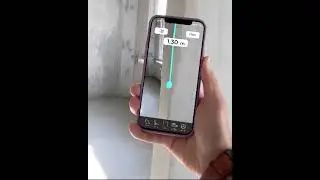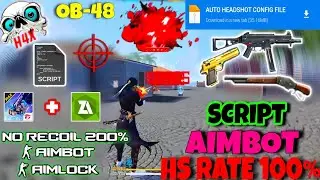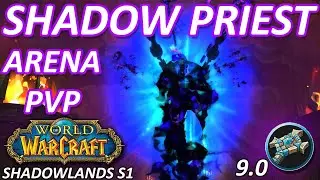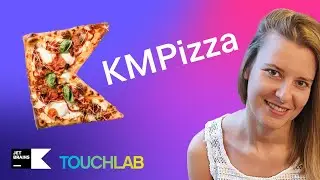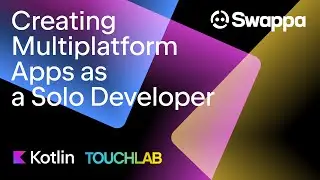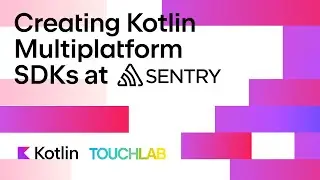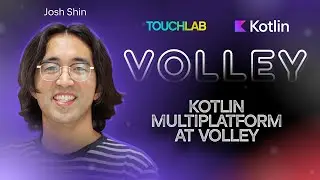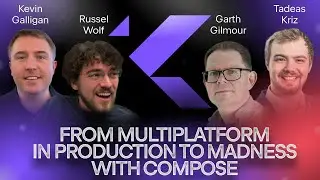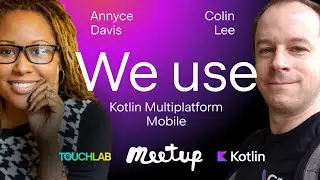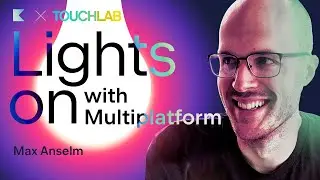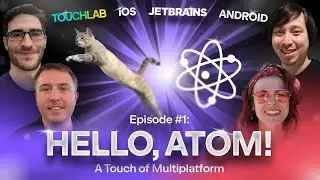Framework for Evaluating Kotlin Multiplatform, React Native, Xamarin and Flutter
The following text is transcribed from our Kotlin Multiplatform webinar keynoted by Touchlab Director Project Strategy Justin Mancinelli.
If you find this segment interesting, you can register for the full webinar recording and slides: http://touchlab.co/engineering-manage...
If you haven't already subscribed for the Touchlab newsletter, you can subscribe: http://touchlab.co/#newsletter-sign-up
You can also request our Kotlin Multiplatform e-book: touchlab.co
Slide 1 Transcribed
This diagram
Here’s where we find out what Native really means, and, even simplified, there’s a lot going on here.
Definitions
This input category is how the app developer writes the app. A Native Language isa language officially supported by the platform. Swift and Objc on iOS, Kotlin and Java on Android, HTML/CSS/Javascript on Web. An Other Language is a language like JavaScript on mobile, or ClojureScript on the Web. It also includes WYSIWYG visual programming interfaces that some no-code multiplatform solutions use.
The Process category is what the build chain does to the input in order to create an output. I mentioned Cross-Compilation and Trans-Compilation earlier.
But to clarify both of these, cross-compilation here is when a high level language is compiled directly to the native code for each various platforms before outputting the final product. This is called Ahead of Time compilation or AOT for short.
Trans-compilation here is when a a high level language is compiled to a another high level language which can then be fed back as input to another process, usually to a language native to the platform that can then go through the native build-chain.
Runtime here includes things external to the platform that implements portions of an execution model needed to execute the app like virtual machines, interpreters, and necessary libraries.
The Outputs category determines the type of app generated. Native Code is the low level code executed natively by the platform. Native code generates Native apps. A Native Container bridges web technologies with platform specific technologies by running web code in a webview on the native platform. A native container plus web views generates Hybrid apps. As mentioned before, a Native Language needs to be processed again to become a mobile app. But, it could also create a Web app if the output language is JavaScript or Wasm.
Once I put this together, I searched through documentation looking for how different tools worked and fit them into this model. I’m going to talk specifically about Ionic because it is a Hybrid solution, but more importantly, I’ll talk about React Native, Xamarin, and Flutter because they are so popular and, of course, I’ll talk about Kotlin Multiplatform because that’s why we’re all here. One last thing before we move on. Notice how this starts to explain some of the negative feelings we have about cross-platform solutions. For any solution, If we need to code in a new language, it will slow developers down. And, If there is an interpreter or VM between code being asked to run and code being executed, it’s going to slow the app down. And for hybrid solutions, a webview is fairly heavyweight and will slow things down even more.
